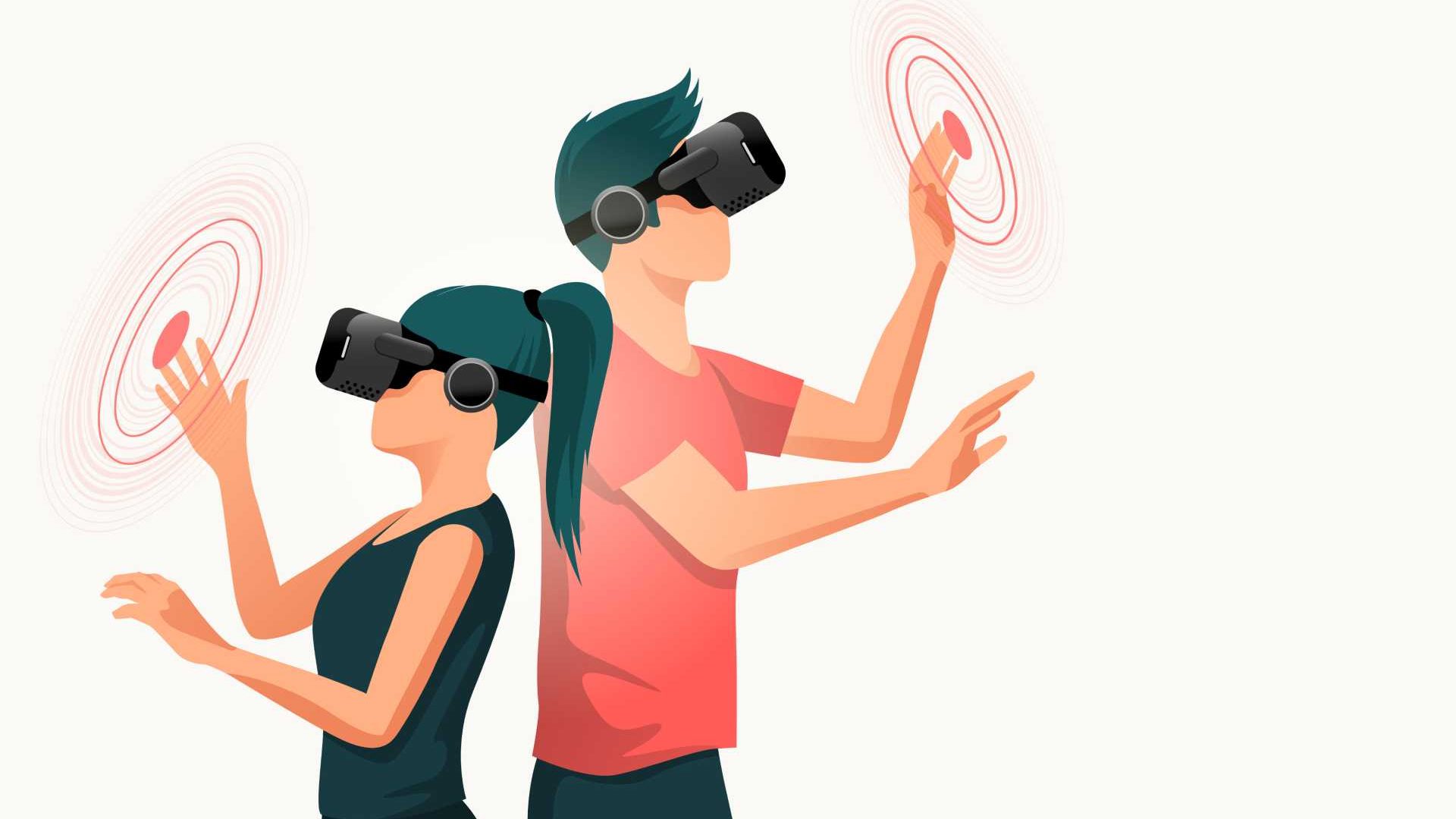Onboarding is a critical process for any organization. It sets the tone for a new hire’s experience and can significantly impact productivity and retention. A low-quality onboarding process can lead to confusion and even turnover, which can be costly for businesses.
However, artificial intelligence (AI), when used correctly, can transform onboarding, making it more efficient, personalized and impactful. Here’s how using AI can power up your onboarding process, providing immense value during this pivotal time.
The Pitfalls of Traditional Onboarding
Traditional onboarding processes often involve a manual, one-size-fits-all approach, which can be time-consuming and inefficient.
Key challenges include:
- Information overload: New hires are often bombarded with a large amount of information over a short time, making it difficult to retain key details.
- Lack of personalization: A generic onboarding program fails to address different employees’ unique needs and learning styles.
- Inconsistent experience: Processes may vary greatly, particularly when multiple individuals are involved in overseeing onboarding. This can lead to a lack of consistency that affects the quality of the overall onboarding experience.
- Limited feedback and adaptability: Traditional methods lack mechanisms to gather real-time feedback and adapt to continuously improve the onboarding process.
How AI Enhances Onboarding
AI-powered tools and technologies can offer innovative solutions to these challenges, making the onboarding process smoother, more engaging and tailored to individual needs. Here are some key ways to leverage AI in onboarding:
1. Personalized learning paths.
With AI, learning leaders can create customized onboarding programs tailored to each new hire’s specific role, department and background. AI-integrated systems can also analyze data to create personalized learning paths to ensure new employees get the right training and information.
2. Intelligent chatbots and virtual assistants.
AI-powered chatbots and virtual assistants can provide real-time support to new employees, answering questions, providing information and guiding them through the onboarding process. These tools can be operable 24/7, ensuring that new hires have access to assistance whenever they need it. This can also reduce the workload for human resources (HR) teams and managers, enabling them to concentrate on more strategic tasks.
3. Seamless integration with existing systems.
AI can integrate seamlessly with existing HR systems, automating administrative tasks such as document management, compliance tracking and progress monitoring. This integration can ensure that all aspects of the onboarding process are coordinated and streamlined, reducing administrative burden and minimizing the risk of errors.
4. Continuous feedback and improvement.
AI systems can gather real-time feedback from new hires through surveys, interactions and performance data. You can analyze this feedback to identify pain points and areas for improvement in the onboarding process.
Balancing AI With Human Touch: A Cautionary Note
While AI offers powerful tools to enhance onboarding, it is essential to balance these technologies with the human touch. After all, AI can automate many tasks and provide instant support, but it cannot replace the value of human interaction. Relying solely on AI can lead to a lack of personal connection and empathy, which are crucial elements of a successful onboarding experience.
New hires rely on personal connections with colleagues, managers and HR professionals to feel welcomed into the company culture. Ensure that AI complements, rather than replaces, these interactions. Scheduled check-ins, mentorship programs and team-building activities should remain a core part of the onboarding process.
AI also lacks the ability to empathize and understand human emotions. It is crucial for HR teams and managers to stay attuned to the emotional and psychological needs of new hires. Regularly check in with new employees to gauge their feelings, address concerns and offer support. AI tools can provide data on engagement and satisfaction, but interpreting this data with empathy is a human responsibility.
Furthermore, organizations must ethically use AI systems, particularly regarding data privacy and fairness. Ensure that the AI tools you implement comply with data protection regulations and transparently disclose how they use employee data. Be vigilant about potential biases in AI algorithms that could lead to unfair treatment or exclusion of certain groups. Regularly review and audit your AI systems to maintain ethical standards and promote fairness.
Conclusion: Embracing AI for Effective Onboarding
Investing in different AI tools to power up your onboarding process can provide immense value to your business, transforming it into a strategic advantage. By leveraging AI, learning leaders can personalize learning paths, offer intelligent support, create engaging content and help new hires feel welcomed and prepared. Each of these elements assists in setting the stage for long-term success within the organization.
However, it is essential to use AI thoughtfully and ensure that it complements human interactions rather than replacing them. Businesses can create a welcoming, empathetic and effective onboarding experience by maintaining a balance between AI and the human touch.
Embrace AI in your onboarding process and watch your new hires thrive from day one as they embark on their journey with your organization.



